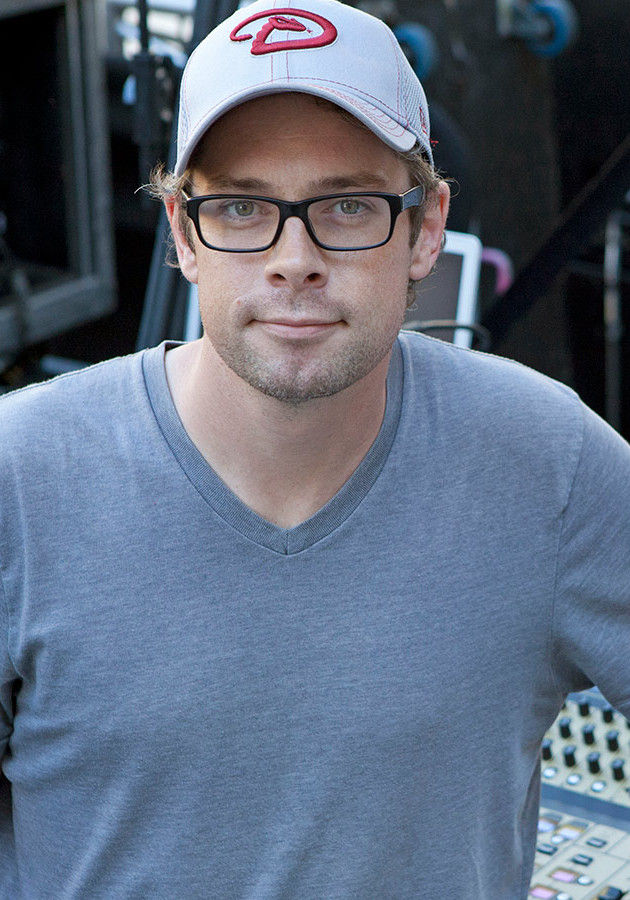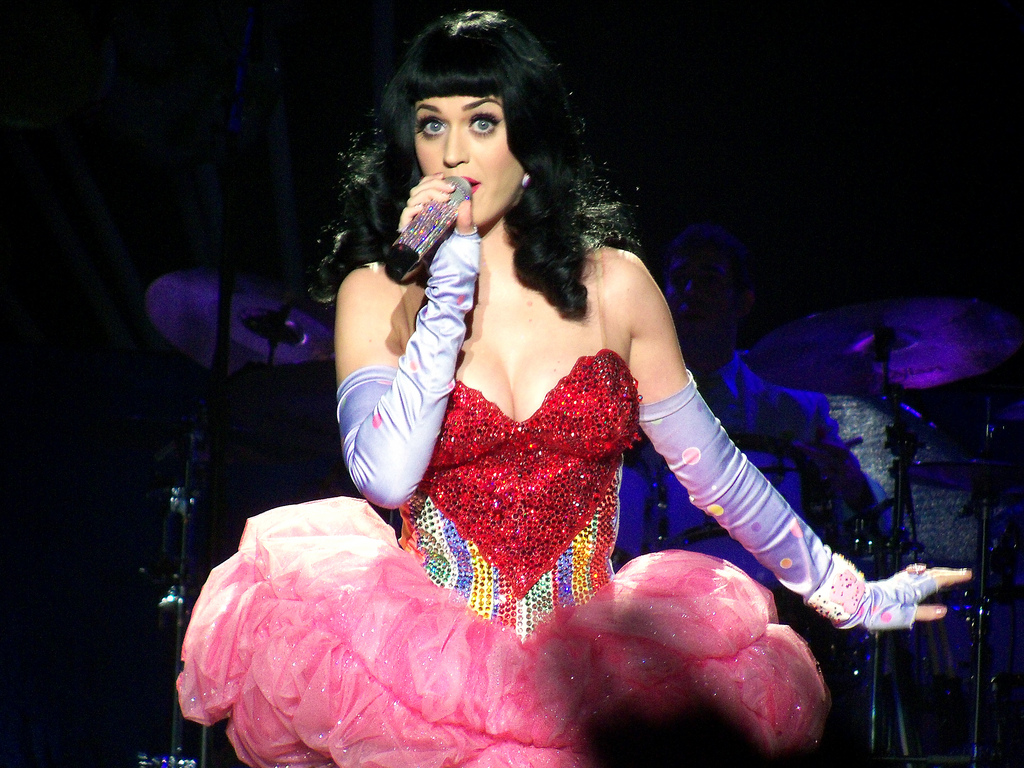Monitor engineer Dave Rupsch opens up about life on the road with Katy Perry and the Red Hot Chili Peppers, why it's got to be a DiGiCo console at side stage, and how he came to be known as ‘Supa Dave’.
Monitor engineer Dave Rupsch has worked with the Red Hot Chili Peppers, Katy Perry, My Chemical Romance, Megadeth, Panic! at the Disco, Prince, Sum 41 and Nick Jonas, to name a few.
“I'm just starting my 20th year, and I had to update my resume recently,” remarks Rupsch. “I was like, ‘Holy cow!’ It all kind of stacks up after a while.”
Although the first eight years of his career saw him at the FOH position, these days Rupsch works as a monitor engineer.
“I look at a monitor engineer role as an honour,” he says. “It’s the audio version of a personal chef – somebody that is hired to look after all of the audio needs. You get everything ready for them so when they show up to the venue, they can be handed a microphone and go out on stage and feel comfortable performing to their fans.”
On moving from FOH to monitors, Rupsch says his preference gradually changed as he gained more experience:
“I started gravitating towards monitors and once I finally heard some in-ears I liked it was like, ‘Whoa! Okay, I like this a lot more than trying to make a lot of speakers sound nice in an airplane hangar,” he laughs.
Although well known in monitoring engineering circles, people tend not to know Rupsch by his real name, instead referring to him as ‘Supa Dave’.
“It's kind of funny; I'd never had a nickname in my life. When your name is Dave, you've got about a one in 14 chance of getting nicknamed Supa Dave anyway – it's not that unheard of,” he insists.
“I started working for the guy that hired me in my first job in music and he started calling me Supa Dave, and introduced me as that as a joke. Then everybody meeting me for the first time knew me as that – they don't even know your last name. Then the bands that came in knew me as Supa Dave, and some of those bands ended up taking me on tour. Everybody I’d meet on tour would call me that. It gets to the point where you'd call an audio vendor back saying, ‘This is Dave Rupsch, I need to talk,’ and they're like, ‘Who? Oh it's Supa Dave! Hey, how are you?’” he laughs.
Rupsch had always wanted to tour with a heavy metal band, so when he was asked to tour with Megadeth, he jumped at the chance:
“I knew every one of their songs, I was like, ‘show me the setlist, I know what's going on!’”
He expected everything to be very loud on stage, but was pleasantly surprised with the band’s thorough and systematic sound check, starting with turning FOH and the wedges off and just listening to the drum kit, then bringing in the side-fills, then the subs, then adding the bass, turning on the cabinets on stage, and going from there to make sure that every source sounded balanced.
“You'd have these little pockets all around the stage and I found that doing those little movements really made a difference in the overall stage sound. It complements the in-ears – the idea being that once all the monitoring and stage sounds good, all the cabinets and the amps are good.
"It's nothing complicated or fancy, but taking these simple approaches really makes a nice difference in your end result. When it comes to sound reinforcement, we have all this technology, so you have to back up a little bit and just make a naked, bare room with backline sound balanced.”




